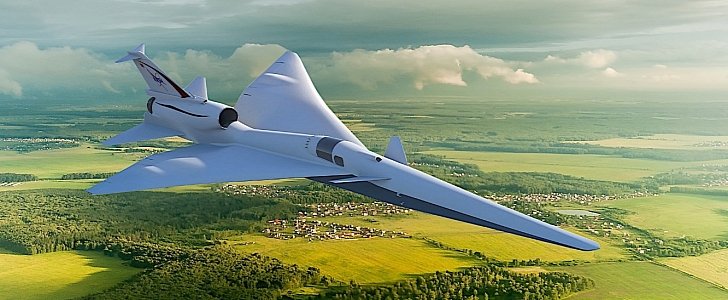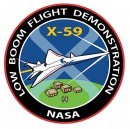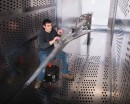In 1947, the first manned supersonic flight took place. The pilot was Chuck Yeager and the plane the Glamorous Glennis, as he called it. The official name of the machine was Bell X-1.
Now, 71 years later, NASA is getting ready for yet another achievement in supersonic flight: a Concorde replacement that could be able to go Mach 1.4 above inhabited areas, without causing a stir.
Before the launch of the actual plane, NASA will use a test vehicle called Low Boom Flight Demonstration (LBFD) as a means to develop the required technology. That was the name worn by the aircraft until this week. As of now, as a nod to the original X and its subsequent experimental planes, the new supersonic will be named X-59 QueSST.
“For everyone working on this important project, this is great news, and we’re thrilled with the designation,” said Jaiwon Shin, NASA’s associate administrator for aeronautics.
“I’m confident that the contributions the X-59 QueSST will make to our nation and the world will ensure its place among the greatest NASA X-planes ever flown."
QueSST stands for Quiet Supersonic Transport and is being created as a means to research ways for supersonic airplanes to separate the shocks and expansions of airflow associated with supersonic flight.
This separation can reduce the sonic boom to as much as 60 dB, the volume you get in your average conversation with a friend. By comparison, the Concorde was rated at 90 dB.
NASA plans to go supersonic in its new airplane over inhabited areas, in an attempt to gather relevant information from civilians about the perceived noise level.
As per NASA, this “data set will be provided to U.S. and international regulators for their use in considering new sound-based rules regarding supersonic flight over land.”
Currently, supersonic flight over land is prohibited. This is a result of the huge number of claims against the Air Force filed between 1950 and 1960 which prompted the Federal Aviation Administration (FAA) to ban all overland supersonic commercial flights.
Before the launch of the actual plane, NASA will use a test vehicle called Low Boom Flight Demonstration (LBFD) as a means to develop the required technology. That was the name worn by the aircraft until this week. As of now, as a nod to the original X and its subsequent experimental planes, the new supersonic will be named X-59 QueSST.
“For everyone working on this important project, this is great news, and we’re thrilled with the designation,” said Jaiwon Shin, NASA’s associate administrator for aeronautics.
“I’m confident that the contributions the X-59 QueSST will make to our nation and the world will ensure its place among the greatest NASA X-planes ever flown."
QueSST stands for Quiet Supersonic Transport and is being created as a means to research ways for supersonic airplanes to separate the shocks and expansions of airflow associated with supersonic flight.
This separation can reduce the sonic boom to as much as 60 dB, the volume you get in your average conversation with a friend. By comparison, the Concorde was rated at 90 dB.
NASA plans to go supersonic in its new airplane over inhabited areas, in an attempt to gather relevant information from civilians about the perceived noise level.
As per NASA, this “data set will be provided to U.S. and international regulators for their use in considering new sound-based rules regarding supersonic flight over land.”
Currently, supersonic flight over land is prohibited. This is a result of the huge number of claims against the Air Force filed between 1950 and 1960 which prompted the Federal Aviation Administration (FAA) to ban all overland supersonic commercial flights.






